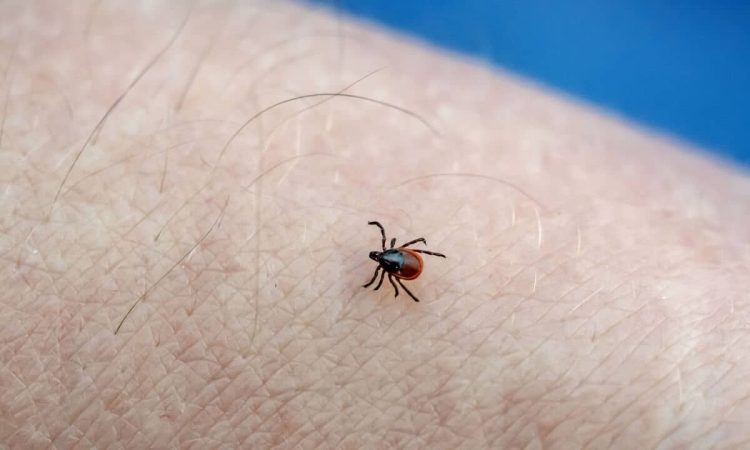
Jens Helenelund, UPM Metsä’s forest customer manager, isn’t afraid, even though ticks are encountered in the forest almost every day. Ticks and the diseases they spread—Lyme disease and tick-borne fever—are often in the news in summer, but you learn to live with them. To protect yourself against them, it is enough to adopt and remember basic precautions.
According to experts, the number of ticks, or ticks, in forests has been boosted above all by climate change. Increased human interest in camping has also contributed to their spread.
Last year, Finland experienced the worst tick boom in history. A total of 160 cases of TBE (tick-borne encephalitis) were diagnosed. The number of infections compared to previous years was increased by the fact that in 2023, only nine months of cases were recorded.
Indeed, TBE diagnoses have tripled in the last ten years. Just over one and a half per cent of Punks carry the virus.
Highest risk on the coast
Ticks start to be a nuisance around the turn of April and May and continue to plague the forests until autumn. They are most harmful in coastal areas, especially in south-eastern and south-western Finland, the Vaasa region and Åland. The closer you are to the coast, the more ticks there are.
Protection against the TBE virus can be obtained by vaccination. The booster vaccine must be renewed every 3-10 years, depending on age. However, there is no vaccine against another tick-borne disease, Lyme disease. There were 10 000 cases of this disease in Finland last year.
“Ticks are particularly abundant in deciduous forests, especially those with a lot of tar and grey alder,” says Helenelund, adding that forests with a lot of undergrowth are also a favourable habitat for ticks.
Foresters are the most likely to encounter ticks. According to Jens Helenelund, the most important thing to protect yourself is to be careful about the little things. You need to take a shower every day, and at that time you need a visual check of your whole body.
Tight legs are a necessity
Helenelund has plenty of experience of working in forests. Before joining UPM, she worked for 12 years for the Österbotten Forestry Association.
“Work boots and trousers,” says Helenelund, citing the two most important details of the clothing required for forestry work, which go a long way in the fight against ticks.
A glance at the buttoned and then tight trouser legs of the man’s trousers gives an indication of what he means. Slipping the sleeves into shoes and socks will also help in the same matter.
Sometimes the legs can even be taped to prevent ticks from getting onto the skin. A long-sleeved shirt is also important in the woods. Tweezers to pull off any critters that get on your skin are a good idea to have on hand. Helenelund has them too. Not on a hunt in the woods of Vaasa’s Old Harbour, but from home. She has also been vaccinated against tick-borne encephalitis.
It’s better to wear light rather than dark colours when walking in the woods, as it makes it easier to spot ticks that have been caught.
A third tick-borne disease, neoehrlichiosis, was diagnosed in Finland for the first time last autumn. The disease was found in Sweden more than 10 years ago. The disease is mildly symptomatic or even asymptomatic in people with basic health problems. In immunocompromised people, it increases the risk of blood clots. Fortunately, once diagnosed, the disease is treatable with antibiotics.

